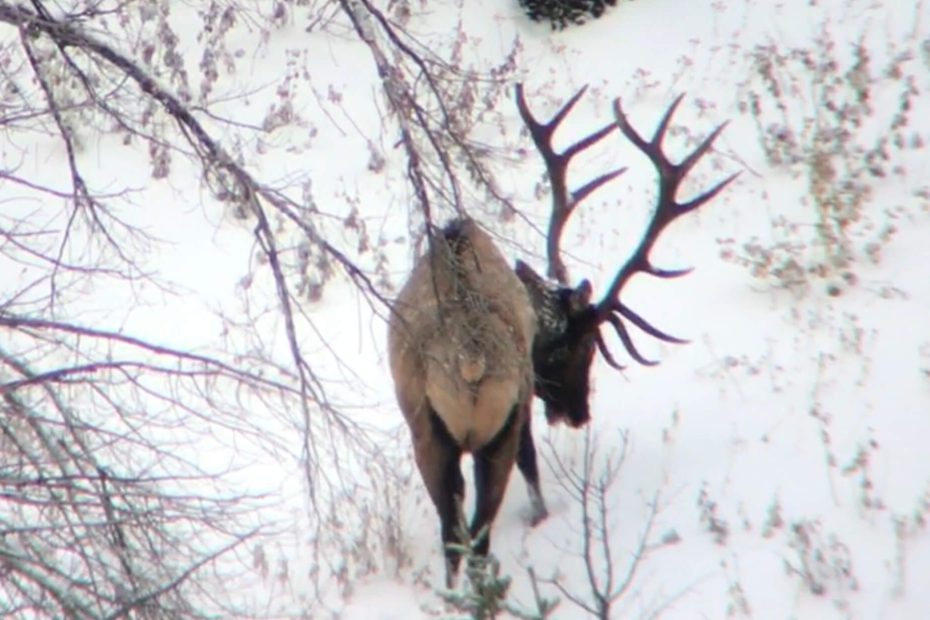Estimated reading time: 11 minutes
This is the story of how I killed my smallest bull elk to date even though I was given the best unit in my area to find an old patriarch. This story takes place over seven hard days of hunting, covering over 100 miles of backcountry on horseback and boots. Where? I won’t tell you but feel free to guess. You already know the outcome of this story from the title, so enjoy my recount of the events that led up to it.
Table of contents
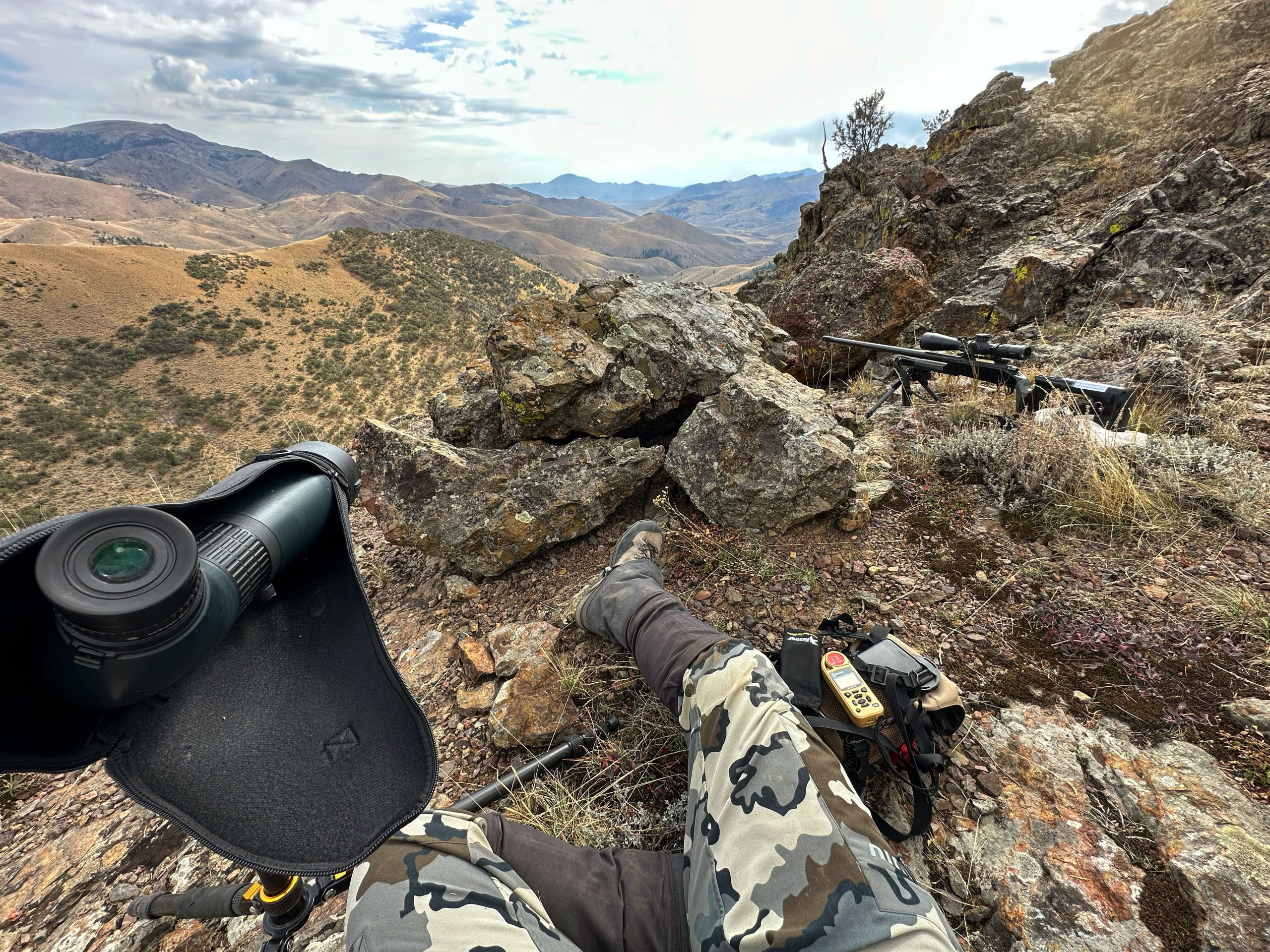
The Smallest Bull Elk: How It Began
The opportunity for this hunt came seemingly out of nowhere. While minding my own business in the eastern half of the United States, I got a phone call from my dad who still lives back west. Before the conversation began, I had planned on doing the responsible thing. Forgo hunting this year to settle into my new home in Kentucky. This plan was solid because I would make my (newly pregnant) wife happy by staying home and completing “honey-dos” while also earning more money to pay off the house and other bills.
By the end of the conversation, my dad, Don, had informed me that he’d drawn a fantastic landowner tag, but he was unable to keep it. He also brought me to the truth that my wife would love it if I took a two-week vacation in October to not only ignore my financial responsibilities but also spend a ton of money in the process. Just like that, my plans had changed and I was going to be hunting on the other side of the continent in just a few months.
Ill-Timing
Don’s story about why he couldn’t keep the best tag ever is one of ill-timing and a combination of good and bad luck. To begin, there was a first-come-first-serve type of sale on bull elk tags that he lined up for. After fighting tooth and nail with other would-be hunters, he somehow walked away with a bull tag. He then received the draw results for the year which informed him that he’d drawn a fantastic landowner bull elk tag! Well, he decided that he couldn’t swing both hunts and the OTC tag that he already had was one that he was stuck with. The landowner tag could be legally transferred to someone else, and he could think of no better recipient than his handsome, smart, and good-humored son.
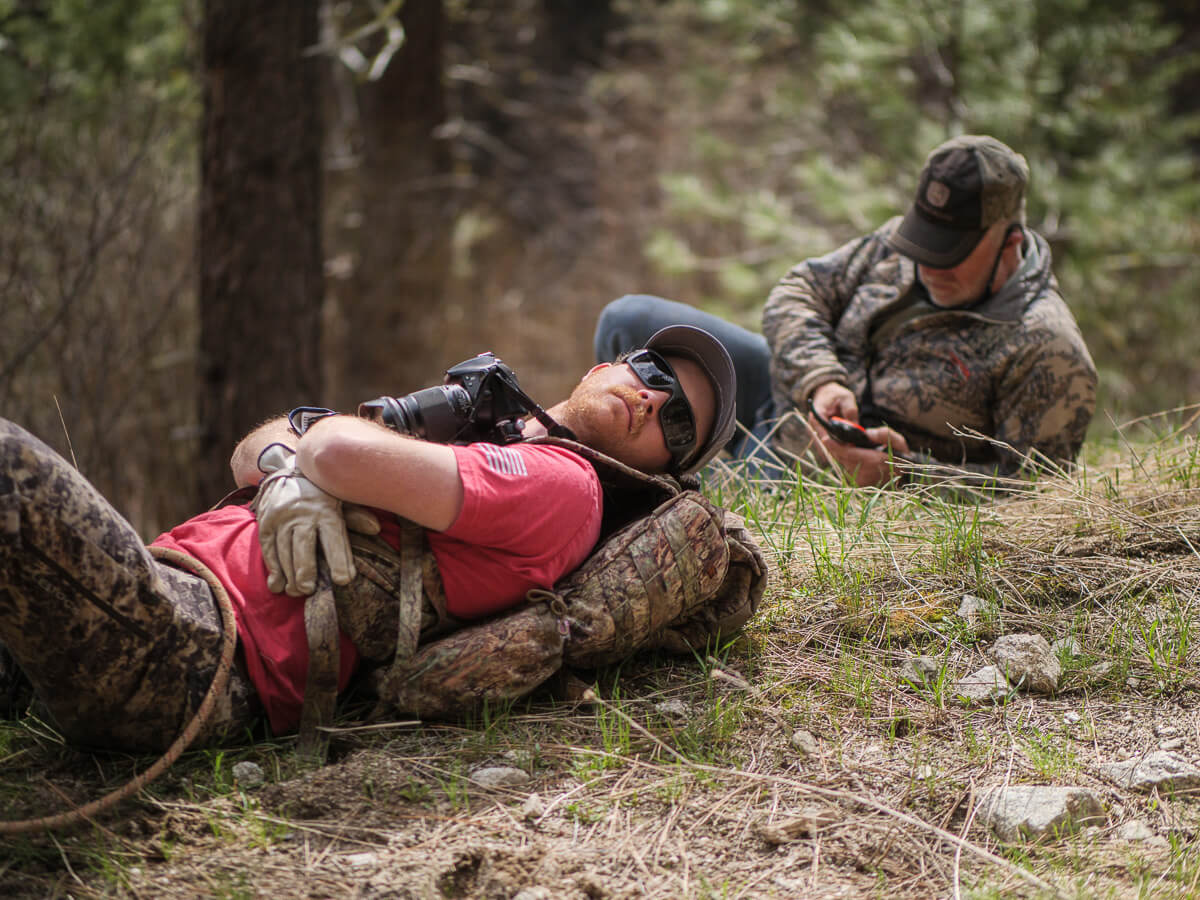
New Developments
Over the next few weeks, complicating factors were presenting themselves. Two of our mutual friends had come forward with the same draw tag as myself. Naturally, we were going to help them find bulls. I couldn’t be more excited to spend time with this father-daughter pair, but there were a few hard truths that we had to face which made the hunt harder. First, we have five horses to use and with the size of our party increasing, we’d have to use every horse every day.
Oh, and the daughter was bringing her boyfriend from Alaska since he was eager for this new experience, bringing the party total to match the number of horses we have. Don and I normally rotate the horses that we use each day, providing the others with a day of rest between outings. With the five of us, the horses would get no rest, greatly reducing the amount of days and miles that we could put on them.
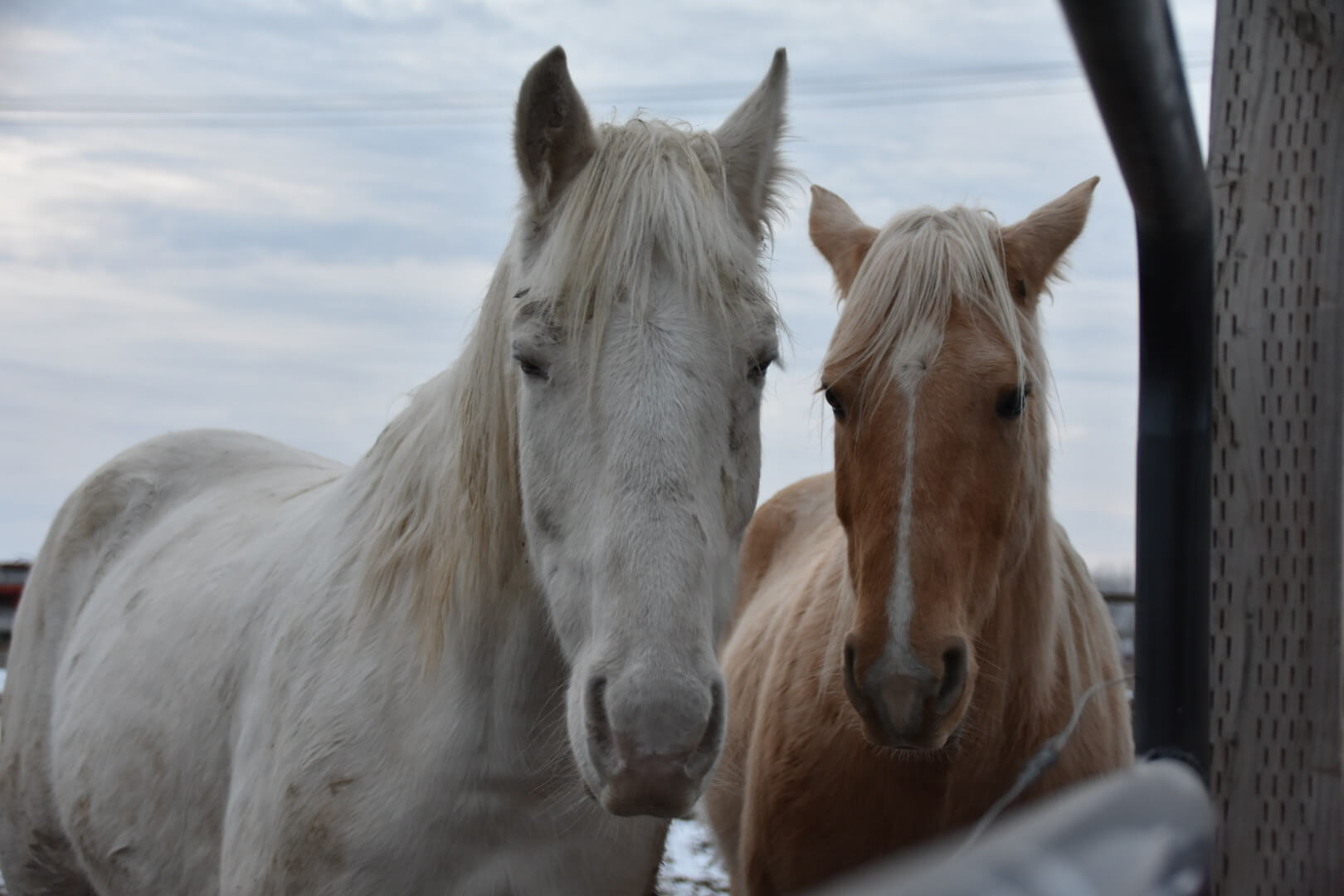
The daughter, who I’ll call Jolene, had never killed a bull elk with a rifle… which brings other challenges. She needed a rifle capable of western hunting that was also capable of taking down one of the toughest North American big game creatures. The rifle, she had. It was a gift from a family friend: a Winchester model 70 chambered in 270 Winchester. Because of the sentimental value, I helped her outfit this gun with a Vortex Razor HD LHT 4.5-22×50 rifle scope, greatly increasing her range in the field. With practice, of course.
Before the Best Tag Hunt
I am no stranger to killing elk, but I’ve never had a tag that would (usually) present the sort of opportunities that this one could. Because I had just moved to Kentucky and thought this meant I wouldn’t be hunting elk for a few years at least, I had completely disassembled my elk rifle and repurposed parts for other projects. Because of this, I needed to reassemble the rifle, sight it in, re-work the load for it, prove my ballistics at extended ranges, and practice with it.
I also needed some more hunting apparel, new boots, to break in the new boots, airplane tickets, PTO to be scheduled, and other miscellaneous things that you have all done before a hunt, such as working out to get in shape. In other words, I had a lot to do!
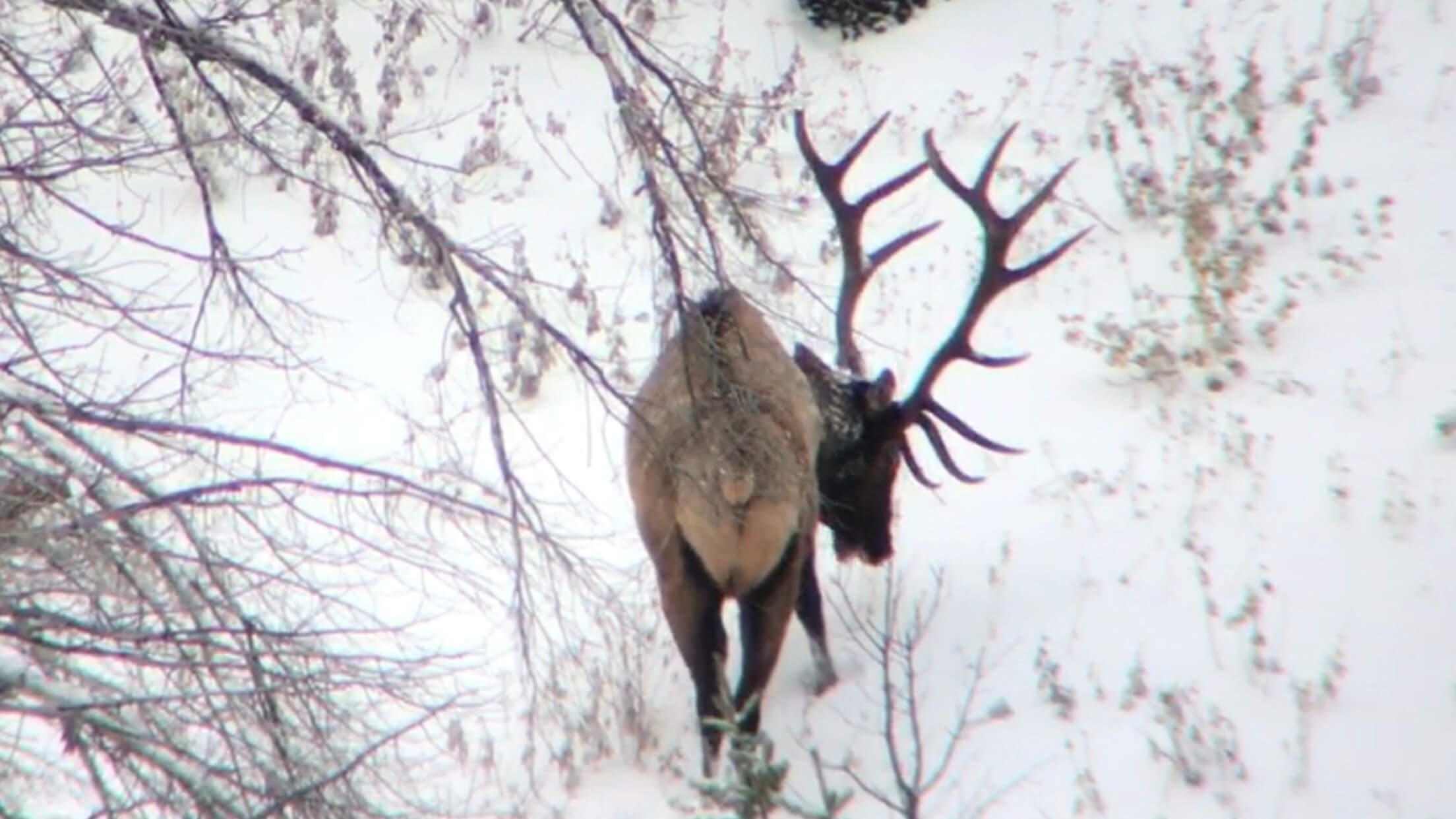
Most of those things are rather easy and quick. First, I spent my child’s college fund on new Kuiu Attack hunting pants and a pair of Zamberlan 980 Outfitter GTX boots paired with a set of Stone Glacier SQ2 Alpine Gaiters since most of my old gear was either threadbare or didn’t fit my newly developed “dad bod”. In the following weeks, I broke in my boots and kept promising myself, “I’ll start hiking next week”. Then I spent the remainder of my time and money on my rifle and shooting skills.
Rifle Selection and Preparation
I am heavily opinionated on what makes a good elk rifle, and what doesn’t. I’ve helped many people kill elk and I’ve killed my fair share as well. Some calibers work well and some don’t and this is a hard truth. Yes, even with ideal shot placement (as you’ll soon see), I’ve seen unexplainable results from magnum 7mms, 6.5s, and other midweight hitters.
Yes, I’ll acknowledge that I’ve also seen these same calibers work splendidly. But I do not work in 50/50’s when it comes to killing an animal ethically. Now add in the complicating factor of western terrain and the need to be capable of shooting 500 yards if needed coupled with the need for adequate kinetic energy placed on target. For these reasons, I limit my choices to magnum 30 calibers or larger. For the past seven years, I’ve opted for larger. 338 EDGE is my cartridge of choice and Don has also converted to this gospel.
338 EDGE
Here’s a little bit of information about the 338 EDGE. This cartridge is a modified Remington Ultra Magnum case that allows it to fit more powder internally than the 338 RUM. Ballistically, it’s identical to the infamous 338 Lapua, but unlike the Lapua, it can be chambered on a regular old Remington 700 action. This cartridge also hits harder at 1000 yards than a 44 magnum does at the muzzle, bullets in the 300-grain weight range have extremely high ballistic coefficients, and the already large cross-sectional area of the bullet means -from my experience- that velocity on impact doesn’t matter because I don’t care if the bullet expands when it hits.
Because of this, I shoot match bullets due to the higher degree of accuracy that I see with them, further increasing my capabilities of hitting targets at extended ranges. The last Elk I killed was taken with a single heart and double lung shot from 1007 yards using this gun and a 275-grain MTH made by Cutting Edge.
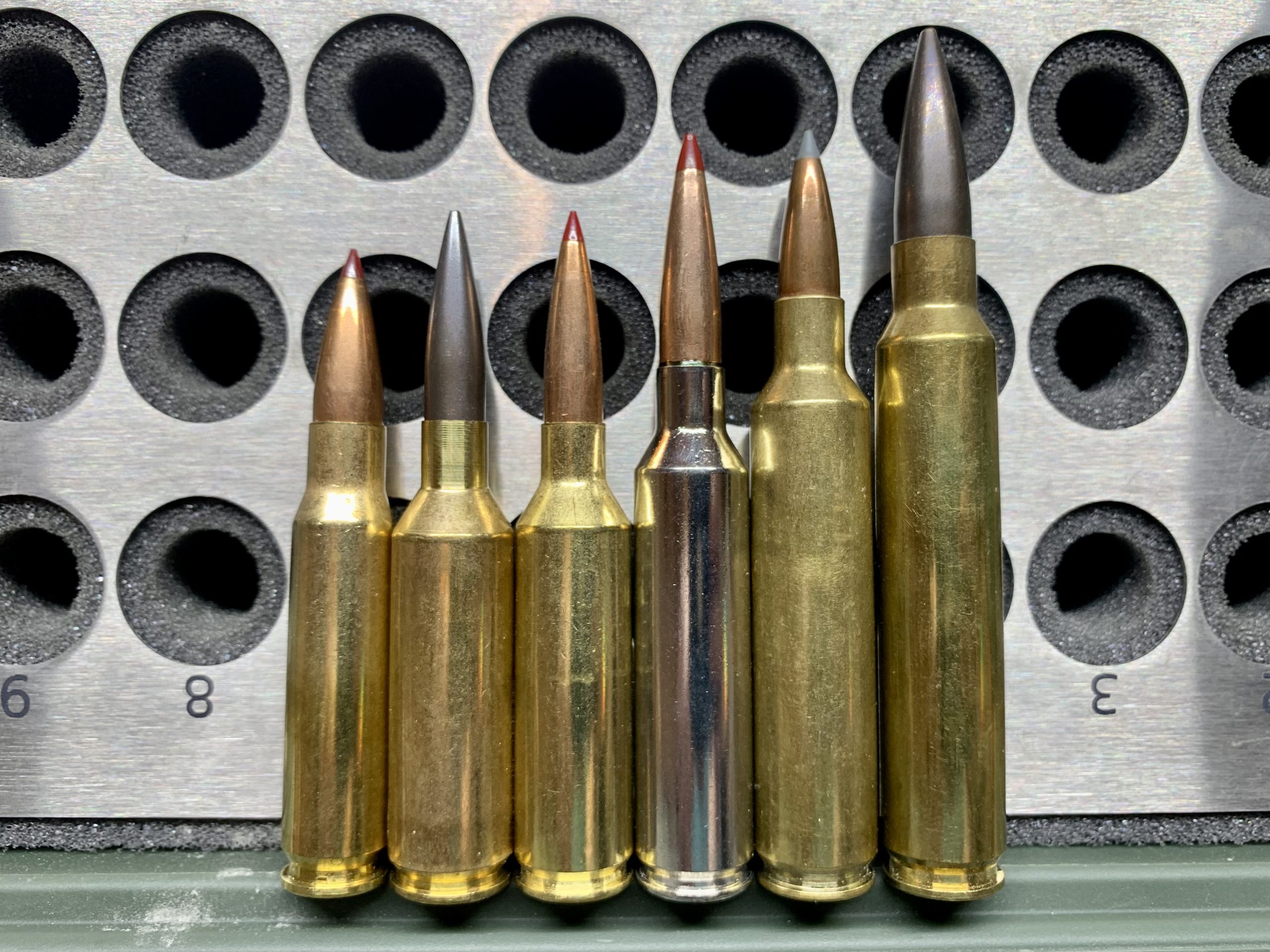
My Best-Tag Worthy Rifle
My rifle is based on a slightly modified Remington 700 action with a 4″ Wyatt magazine box, Timney HIT trigger, custom-made folding stock, 30″ Christensen Arms carbon fiber wrapped barrel, 5-port MBM BEAST brake, and a Leupold Mk5 HD 5-25×56 optic to name a few components.
This year, I desired to use a 300 grain Sierra Matchking and Vihtavuori N570 powder. After spending weeks working up a load that was accurate and consistent, I sighted in my rifle for 100 yards and then drove an hour away to spread its wings. I shot 5-round groups on large paper targets at 400, 600, 800, and 1000 yards on a calm morning. The purpose of this is to take my point of impact and modify my ballistic data in a manner that makes my experimental data match with my calculated ballistic solution. This process was rather easy and quick.
At this point, I drove to and from this range whenever possible to practice shots out to 1700 yards and all distances within. This was expensive to do, but it allowed me to become familiar with what myself and my rifle were capable of. This year, I knew that I was more than capable of a confident impact at 1500 yards, given the right conditions.
What is Ethical in Long-Range Hunting?
Sadly, I feel the need to address this topic. Many of you are, or will be screaming at me about my take on this, but that is okay because I’m right and you are probably also right. The answer to what is ethical when it comes to long-range hunting is different for you, me, and me. What I mean by this complex. First, your skills are not my skills. They are not equal. Even given the same gun, a specific shot opportunity may not be ethical if I were presented with it versus if you were presented with it. And visa-versa. Also, the atmospheric conditions and environmental factors at the moment dictate a lot about what is ethical.
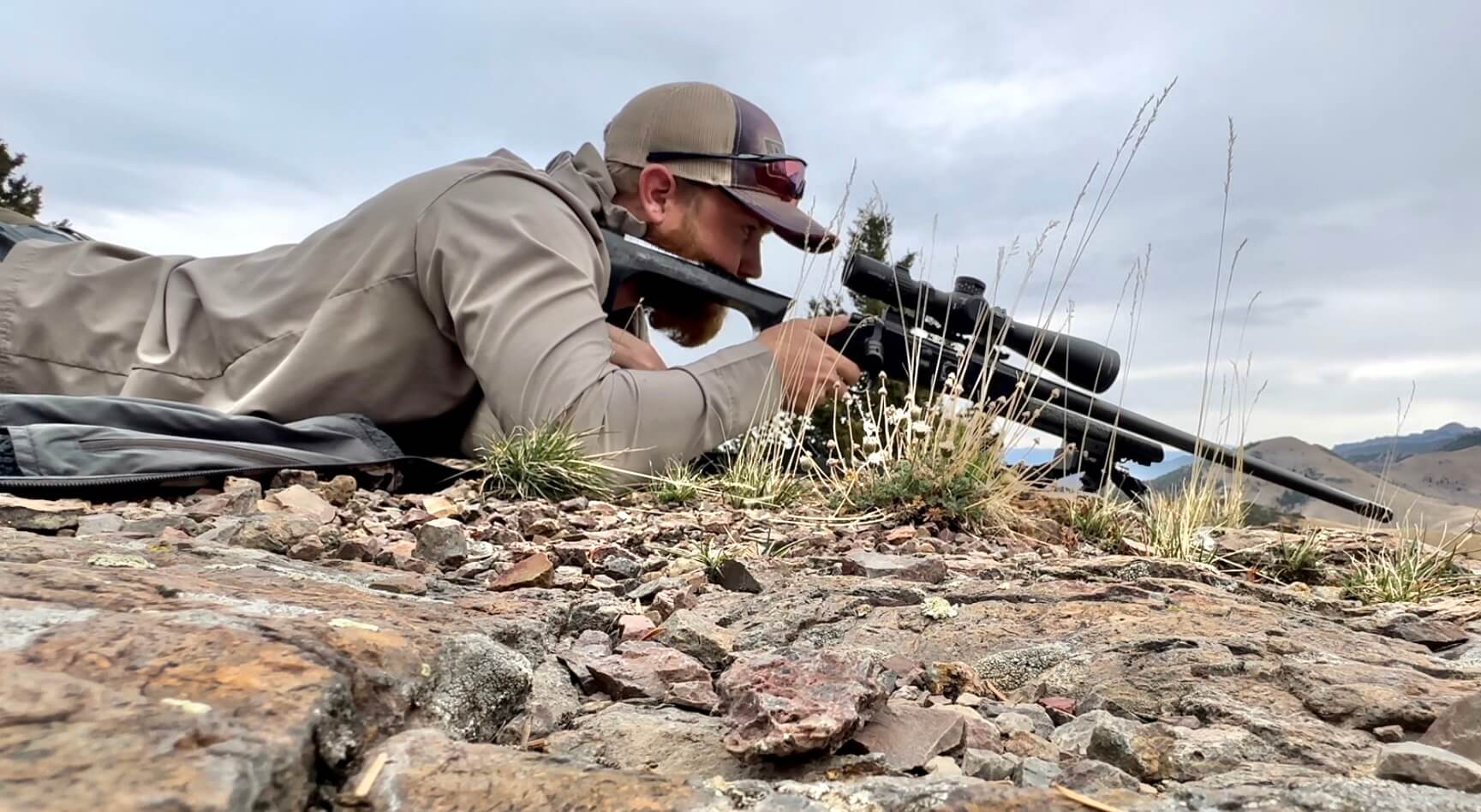
To illustrate: imagine two different shot opportunities where everything is the same. The shooter is the same, the distance is 200 yards in both cases, the gun is even the same and the shooter’s spotter is… the same also. However, in one scenario, the wind is gusting from your right between 30 mph and zero. The rain is making it hard to keep your eyes open as it hits you in the face, and the clouds blowing down the canyon periodically obscure your target, which is standing next to a group of thick timber that would easily hide its presence if it were to take a step or two after the shot breaks. In the other scenario, it’s sunny and 75 with no wind at all.
READ MORE: Montana Hunters React to ‘Unethical’ Elk Herd Culling
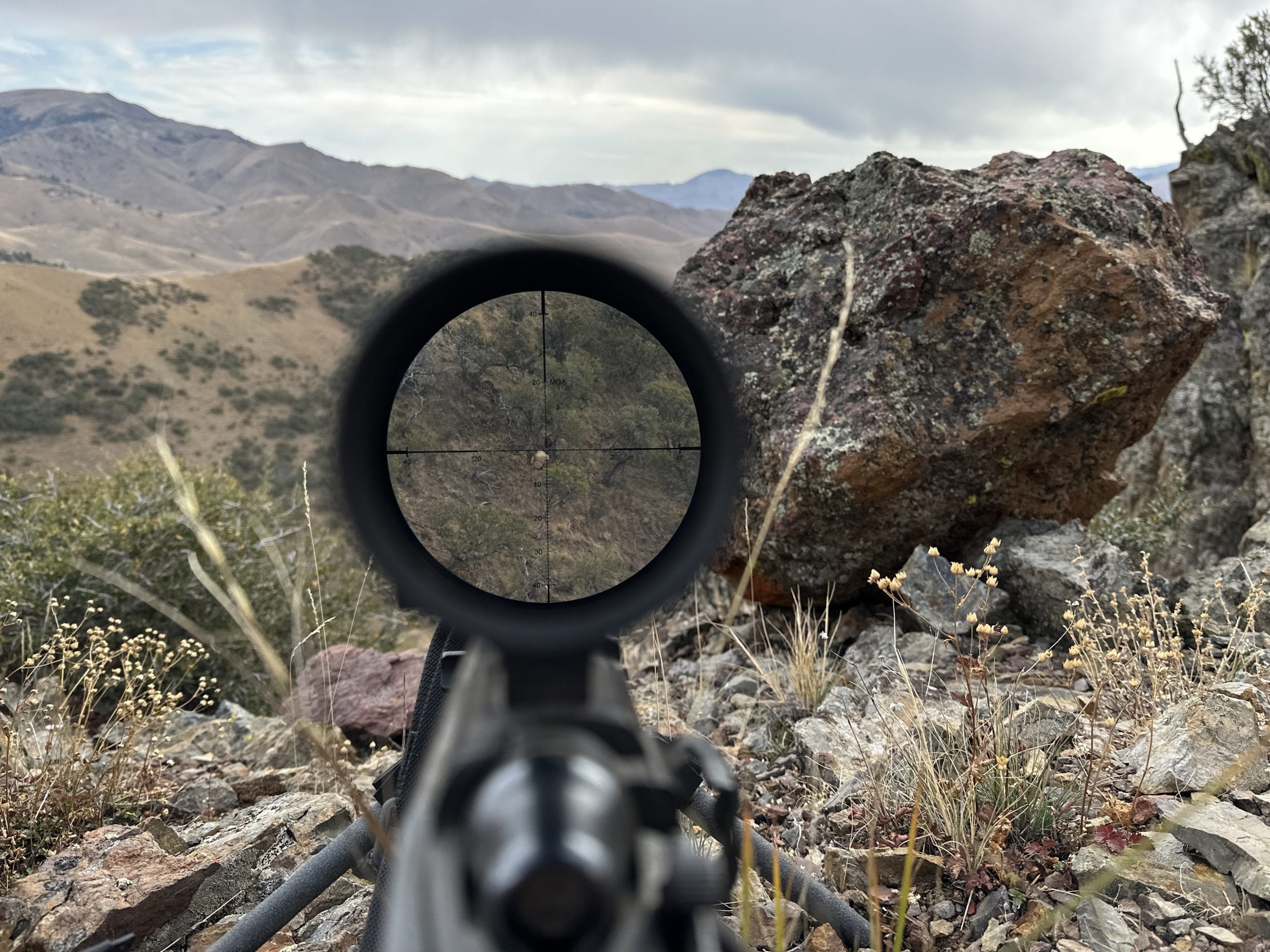
Practice Leads to Confidence
I think we would all agree that this short 200-yard shot is one that we should not be taking in the first scenario. Yes, some of you naughty hunters would, but police your own. In the second scenario, anybody and everybody is going to take that shot with 100% confidence in success. In long-range hunting, the distance is merely closed using math, specialized tools, and experience. My definition of what is an ethical shot is constant even though shot conditions are wildly dynamic: If I can take a shot with 100% confidence that I will kill my target, it is ethical.
Yes, things happen and misses occur, but this is something that we’ve all experienced. I just won’t be caught dead praying for a shot to connect because I sent it over on hopes and dreams. This is why I practice. A lot. For the ones in the back, YOU SHOULD TOO!
To read about the three elk that my party killed, watch for part two of, “Fireside Stories: How I Killed My Smallest Bull Elk on The Best Tag I’ve Ever Had.”
